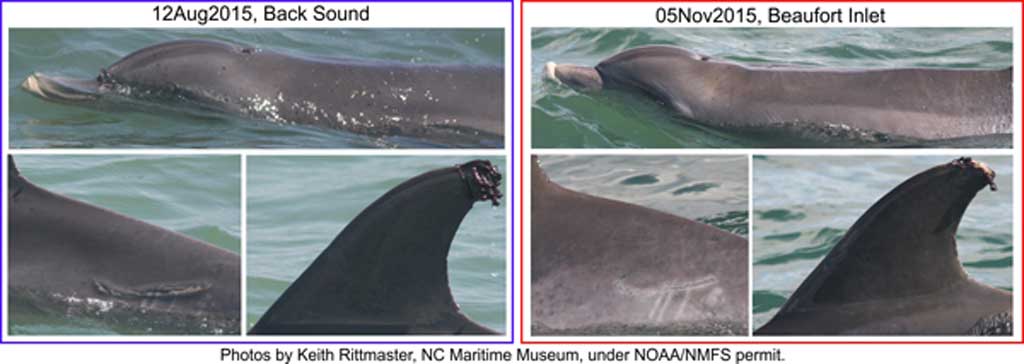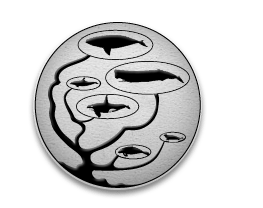2015 Thank you donors, volunteers, contributors, and collaborators!
Listed below are individuals/groups whose generosity helped sustain and improve the Cape Lookout Studies Program in 2015 by
Listed below are individuals/groups whose generosity helped sustain and improve the Cape Lookout Studies Program in 2015 by
This day-long event will include several presentations focusing on whales and historic hunting practices. Participants will learn about species of whales that can be found in our coastal waters, how some of these whales were hunted from the shore and research involved with stranded animals. The program includes: 10 a.m. Whales of North Carolina (Natural Science Curator Keith Rittmaster) 11 a.m. Native American Whaling and Porpoise Hunting (Education Curator John Hairr) 1 p.m. The History of Whaling in North Carolina (Associate Curator Benjamin Wunderly) 2 p.m. Legendary Cetaceans (Historic Interpreter Christine Brin) 3 p.m. NC Marine Mammal Stranding Response (Marine Mammal Stranding Coordinator Dr. Vicky Thayer) No advance registration. Walk-ins welcome. . North Carolina Maritime Museum, 315 Front Street, Beaufort. www.ncmaritimemuseums.com.
In August, 2015, during a routine atlantic bottlenose dolphin photo-ID survey, Keith Rittmaster and Josh Summers of nc maritime museum / cape lookout studies encountered a dolphin intermittently rafting lazily at the surface in Back Sound. It appeared to be an unusual behavior but we could not determine a problem so we photographed the bottlenose dolphin and continued on. It was subsequently reported by boaters in the same area in August because the behavior was conspicuous.
Then in early November, 2015 we received multiple reports of a tursiops truncatus (bottlenose dolphin) “disabled”, “dying”, “with a shredded tail”, and ultimately the last report (as of this writing) on November 5th, 2015 was that it was “dead floating upright” in Beaufort Inlet. Dead dolphins don’t float upright and we found what was reported as “dead” on November 5th very much alive, and its behavior recalled our August encounter in Back Sound. But again, not being able to determine a problem, we took photographs and moved on.
Subsequent examination of photos from the 2 encounters confirmed our suspicion that the dolphin we saw Nov. 5th in Beaufort Inlet was the same individual as the one we saw in Back Sound in August. Also evident in the dolphin identification image above [or below?] is 1) it appeared skinnier in November, 2) the injury on its left side in August has healed, and 3) it had fewer Xenobalanus barnacles on its dorsal fin in November. What was reported as a “shredded tail” was actually barnacles on the trailing edge of its tail (see photo).

